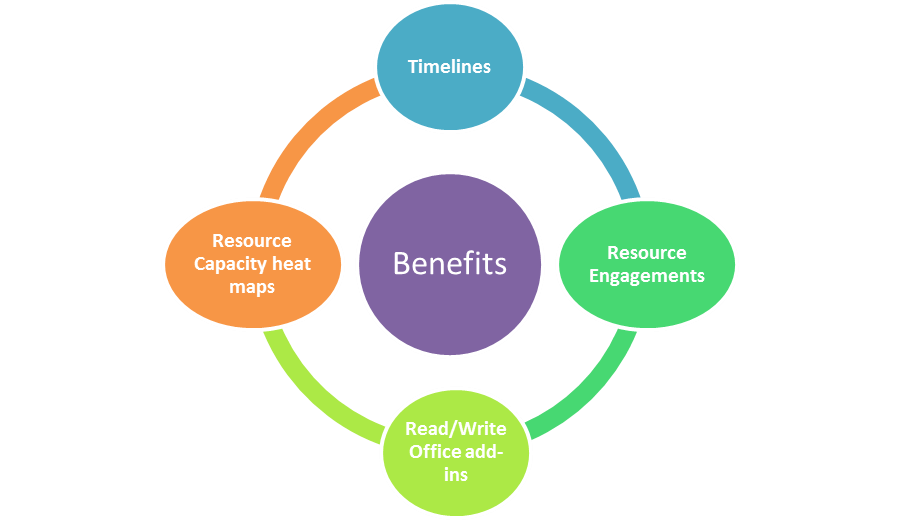
Learn to work efficiently with Microsoft Publisher 2016

Best learning environment supported by expert trainers

Hands-on practices to explain the concepts of the course

Provides course completion certificate at an end
Microsoft Publisher Training Course helps delegates to create and personalise a wide range of publications and marketing materials in-house including print, and the web. This course will explain how to create visually rich, professional-looking publications without increasing the cost and time in a complicated desktop publishing application.
With the help of this, we can make things as simple as posters, greeting cards and labels, or as complicated as professional email newsletters, yearbooks and catalogues. MS Publisher is a very easy to use application and gives a professional touch to your publications. Whether delegates are a beginner to Microsoft Publisher or want to enhance knowledge in both the cases this course is ideal for all of them.
Microsoft Publisher Training Course explains the basic features and functions of MS Publisher 2016. Delegates will also learn to create and edit publications, work with master pages, place text and images, and set up and format tables. In this course, Delegates will also learn how to create a facing-pages layout, export publications to PDF, and prepare publications for commercial printing.
Delegates will learn how to control colours and gradients, create and apply styles work with WordArt objects, and use section page numbers and bookmarks. This course will impart knowledge to delegates to set up and manage mail merge lists, use Web templates, prepare mailing labels, build, forms, edit publications and publish a Web site.

What is Microsoft Publisher Training?
Microsoft Publisher helps delegates to create and personalise a broad range of publications and marketing materials in-house which includes print, web, email and other documents. Create professional looking desktop publications, newsletters, yearbooks, greeting cards, labels, and catalogues. This course will help all the users who use publisher to create items for publications.
Why should I take Microsoft Publisher Training Course?
This training will help delegates to learn various tips and tricks for working with text and adding media to improve the publication. Also, provides good knowledge on working with existing publisher templates, and creating own templates. Take advantage of this certification and add a skill to your resume.
What are the benefits of taking Microsoft Publisher Training Course?
MS Publication will allow delegates to format and edit text, add graphics, share and print finished publications. Create event invitations, cards, brochures and flyers after learning high-end desktop publishing. Discover to delete, add pages, move pages around, work with columns and more to enhance visuals.
Why choose Pentagon Training?
Pentagon Training is known as the best training Provider in all domains. Our instructors are certified and experienced so that delegates will not get difficulty during the course. Pentagon training is one of the most leading training providers of this training due to its high-quality content. It is most trusted by professionals and industry leading brands. Our well trained and experienced instructors teach that what is required by industry.
Enquire Now
----- OR -------
Reach us at +44 1344 961530 or info@pentagonit.co.uk for more information.
Derby is a city and unitary borough in Derbyshire, England. It is located on the banks of the River Derwent in the south of Derbyshire, of which it was usually the county town. At the 2011 survey, the population was 248,700. Derby increased city status in 1977.
Derby was established by Romans who recognised the town of Derventio, who made Derby one of the Five Boroughs of the Danelaw. Initially a market town, Derby developed rapidly in the industrial age. Home to Lombe's Mill, an early British factory, Derby has a right to be one of the birthplaces of the Industrial Revolution. It covers the southern part of the Derwent Valley Mills World Heritage Site. With the influx of the railways in the 19th century, Derby developed a centre of the British rail industry.
Government:
By traditional meanings, Derby is the county town of Derbyshire, although Derbyshire's managerial centre has in recent years been Matlock. On 1 April 1997 Derby City Council turned a unitary authority again, with the rest of Derbyshire managed from Matlock. On 7 July 2014, Derby's first ever youth mayor was chosen. Derby is split into 17 districts.
Geography:
Derby is located in a comparatively low-lying area along the lower valley of the River Derwent and dishonesties between the lowlands and valley of the River Trent to the south, and the south-east foothills of the Pennies to the north which spread to the Peak District National Park further on. The city is surrounded by four national character parts which comprise the Trent Valley Washlands to the south, the Nottinghamshire, Derbyshire and Yorkshire Coalfields in the east, the South Derbyshire Claylands in the west, and the Derbyshire Peak Fringe in the north. Most of the flat plains nearby Derby lie in the Trent Valley Washlands and South Derbyshire Claylands while the hillier northern parts of the city lie within the Derbyshire Peak Fringe and the Coalfields.
Climate:
Under the Köppen climatic organisation, Derby, in the meanness of its distance to large bodies of water, has an oceanic weather along with the rest of the British Isles. The readings are from the closest station available in Watnall, but climate inclines to be very alike between locations and cities in the region, although the Watnall station is located at a somewhat higher elevation, 17 kilometres (11 mi) to the north.
We are offering more than 250 courses at 91 locations in UK.